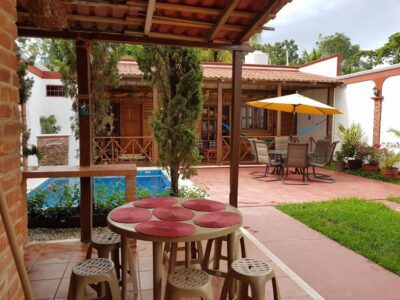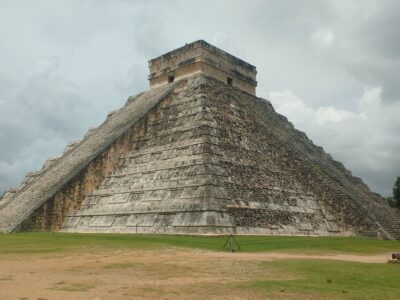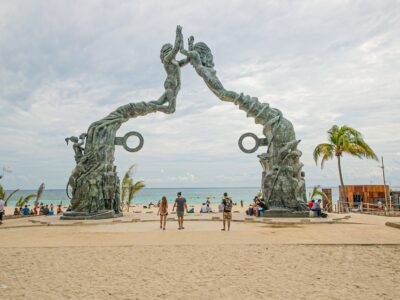In the town of Jose Maria Morelos, Quintana Roo, teacher Fidencio Briseño Chena presented the translation of ‘The Little Prince’ into Mayan at the International Literature Congress, to highlight the richness of indigenous languages in Mexico.
“The Little Prince,” ‘Chan Ajaw’ in Mayan, written by Antoine de Saint-Exupéry, is one of the most translated books in the world, with versions in more than 500 languages.
By translating this work into Mayan, Briseño and his team seek not only to preserve the language but also to give Mayan-speaking communities access to a universal classic.
Briseño explained that translating “The Little Prince” presented challenges, especially due to the philosophical depth and complex language of the work.
Although many people consider it a children’s book, the content reveals profound themes about respect, cultural and biological diversity.
The translation required careful adaptation to Mayan, taking advantage of the expressive capabilities of the language to do justice to the original work.
The project was promoted by the National Institute of Anthropology and the National Institute of Indigenous Languages, with the aim of translating “The Little Prince” into 20 Mexican indigenous languages.
The initiative seeks to promote respect for the linguistic rights of indigenous communities and, at the same time, offer them access to world literature.
Briseño stressed the importance of training professional translators who can carry out these projects appropriately and with a high standard.
From the Secretariat of Culture and Arts of Yucatan, he expressed his commitment to support the linguistic heritage of the Yucatan peninsula and contribute to its dissemination.
Through collaborations with institutions in Yucatan and Quintana Roo, this initiative reaffirms the value of the Mayan language in the current literary context.
With this translation, other authors are invited to translate works into Mayan, promoting the creation and visibility of indigenous literature in Mexico.
He concluded his presentation by inviting the public to approach this work in Mayan and other reading materials in the native languages.
By translating this work into Mayan, Briseño and his team seek not only to preserve the language, but also to give Mayan-speaking communities access to a universal classic.
Briseño explained that translating “The Little Prince” presented challenges, especially due to the philosophical depth and complex language of the work.
Although many people consider it a children’s book, the content reveals profound themes about respect, cultural and biological diversity.
The translation required careful adaptation to Mayan, taking advantage of the expressive capabilities of the language to do justice to the original work.
The project was promoted by the National Institute of Anthropology and the National Institute of Indigenous Languages, with the goal of translating “The Little Prince” into 20 Mexican indigenous languages.
The initiative seeks to promote respect for the linguistic rights of indigenous communities and, at the same time, offer them access to world literature.
Briseño stressed the importance of training professional translators who can carry out these projects appropriately and with a high standard.
From the Secretariat of Culture and Arts of Yucatan, he expressed his commitment to support the linguistic heritage of the Yucatan peninsula and contribute to its dissemination.
Through collaborations with institutions in Yucatan and Quintana Roo, this initiative reaffirms the value of the Mayan language in the current literary context.
With this translation, other authors are invited to translate works into Mayan, promoting the creation and visibility of indigenous literature in Mexico.
He concluded his presentation by inviting the public to approach this work in Mayan and other reading materials in the native languages.
The post ‘CHAN AJAW’: ‘The Little Prince’ is translated into Maya to preserve the language first appeared on The Yucatan Times.














